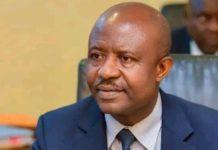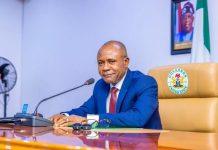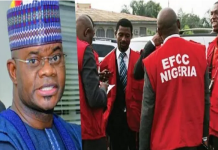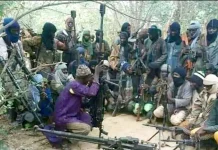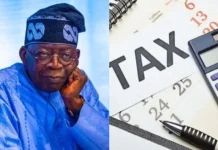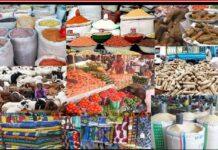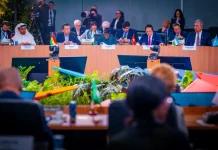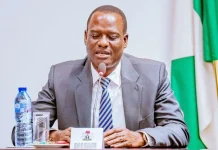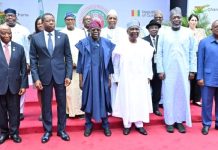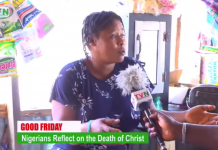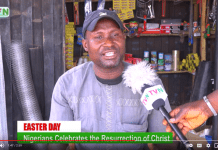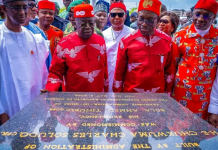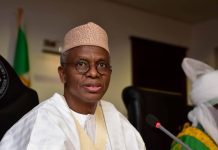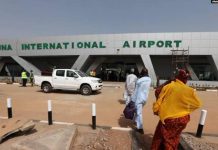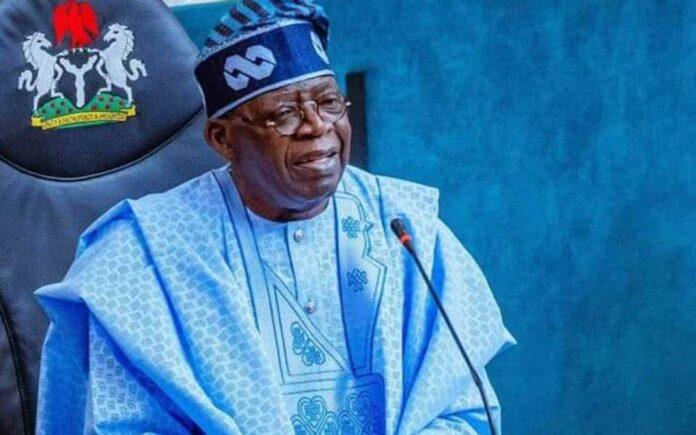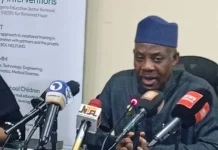In order to revitalize human capital development, particularly in Northern Nigeria, Hassan Mustapha talks about the many educational initiatives of the central government, led by President Bola Tinubu, over the past two years.
Facts are sacred. Thoughts are unrestricted.
Northern Nigerian education has long been influenced by systemic and cultural hurdles, poor enrollment, and egregious underfunding.
However, under President Bola Tinubu, a quiet but steady change is taking place, one that could redefine the region’s educational future.
Asiwaju Tinubu is often associated with education because of his groundbreaking creation of the national student loan scheme, which currently provides funding for the tuition and maintenance of over 396,000 Nigerian students. The majority of young Nigerians who benefit from the program are Nigerian students from northern extraction, who make up over 55% of the total beneficiary pool and, consequently, more than N45 billion of the N77 billion that the NELFUND has disbursed thus far. This is something that many people may miss.
While this historic initiative reduces the immediate financial burden on low-income households throughout the federation and prepares the youth for full participation in the knowledge-based national economy of the future, President Tinubu’s tremendous legacy has diverted attention from a number of other silent reforms and mass-scale educational developments in Northern education that took place during his administration and will put the region’s students on par with their peers worldwide.
According to an old adage, a thing is only as strong as its weakest component. In Northern Nigeria, the availability and quality of education has long been a major and unsolvable aspect of the country’s developmental maze.
Like the Atlantic’s roaring waves and creeping seas on Lagos’ shoreline, President Tinubu is now committed to transforming yet another problem into a significant national asset.
The foundation for an inclusive, cutting-edge, and resilient education system in Northern Nigeria is being laid by Tinubu’s administration, which is addressing the issue of out-of-school children, building skill development centers, and updating policy architecture.
Northern education was in a perilous position before to 2023. Over 66% of the nation’s estimated 10.5 million out-of-school youngsters lived in the region. Both oversight and formal education integration were lacking in the Almajiri system. Traditional norms, poverty, and insecurity further discouraged school attendance, particularly among girls and children in rural areas. Inadequate infrastructure, out-of-date curricula, and a shortage of teachers made the issue worse.
President Tinubu’s administration chose structural reform over band-aid solutions, despite the fact that these issues were inherited. Investment in infrastructure is one of the most obvious changes. All senatorial districts now have more than 120 learning centers, many of which are furnished with furniture, safe water systems, and solar power, laying the groundwork for future functioning learning spaces.
101 Almajiri schools were constructed or renovated in collaboration with UBEC, and new integrated Tsangaya education centers were scattered around the states of Kano, Niger, Kaduna, and Bauchi.
The National Commission for Almajiri and Out-of-School Children Education (NCAOOSCE) was created by the administration to administer these initiatives. In addition to establishing a Technical Working Group (TWG) for strategic reform, the Commission has already created the initial draft of a national strategy on Almajiri education.
The Federal Ministry of Health has suggested the Almajiri Health Scheme, which would insure school-age children and turn education into a route to wellness rather than just literacy.
The two historic projects DOTS and NESRI are at the core of Tinubu’s approach. DOTS concentrates on data, out-of-school children, teacher preparation, and skill development, whereas the National Education System Reform Initiative (NESRI) promotes structural change in learning outcomes, curricula, and school administration.
While the Senior Secondary and NCE curricula are being reviewed, a new Basic Education curriculum was created as a result of these frameworks. Federal institutions of education implemented a dual-mode delivery method for the NCE and B.Ed. in order to expedite teacher capacity. In addition to curriculum review workshops in Kaduna and Kano, more than 450 Tsangaya teachers have received training, including 200 in Bauchi and 250 in Niger as well.
Additionally, the UBEC Matching Grant Formula was updated to provide more flexibility and tie payouts to quantifiable results, enhancing fund use and promoting digital learning, quality assurance, and EMIS (Education Management Information Systems).
One notable aspect of President Tinubu’s TVET Transformation Initiative is its emphasis on practicality. It offers instruction in a variety of fields, including solar installation, electrical work, creative media, digital gear repair, hospitality, and agriculture. It was founded with 24 primary trades. One component of this program, the Digital Training Academy, is specifically designed for young people in underprivileged areas, such as the North.
The curriculum covers both local employability and worldwide relevance, with courses ranging from automobile CNG conversion to social media communication. The 3MTT initiative, which aims to develop a workforce that is proficient in digital skills throughout all 774 LGAs, including the rural regions of Katsina, Sokoto, and Borno, matches this.
In addition, by increasing Nigeria’s workforce in science and health, the STEMM Advancement Initiative enhances this. The infrastructure of 18 medical schools located in each of the six geopolitical zones was upgraded. Enrollment in nursing programs climbed from 81,480 in 2023 to 114,030 in 2025, while the number of recognized nursing schools rose from 294 to 342.
Additionally, a strategic partnership with the EU funds pharmaceutical research and domestic vaccine manufacturing, with six universities chosen to receive benefits.
A long-standing disparity in Northern Nigerian education, girl-child education has significantly improved under Tinubu’s leadership. Adolescent Girls Initiative for Learning and Empowerment, or AGILE, was extended to 11 additional states, bringing the total number of states in the country to 18.
Further reducing gender gaps in schooling and creating support networks for girls in vulnerable communities are the goals of LUMINAH 2030, a new project aimed at girls that was introduced in 12 trial states (two per geopolitical zone).
Read Also: Yahaya Bello: Court Restores EFCC’s Seizure Order on Alleged Properties
In addition to tangible initiatives, the administration has spearheaded significant policy changes. The Quality Education Learning Outcomes Council (QELOC) was established in March 2025, and considerable advancements in teacher preparation and school system enhancements have already been made. In addition to introducing a national leadership curriculum for school heads, a new National Teacher Training Framework and five EduRevamp modules were created to help teachers gain 21st-century abilities.
The National Anti-Bullying Policy, together with implementation guidelines, was also introduced by the Ministry in 2025 in an attempt to enhance student welfare. Through the HOPE-EDU initiative, the government hopes to improve access, learning, and systemic efficiency by affecting approximately 65,000 schools, 500,000 teachers, and 29 million pupils.
Under President Tinubu, education has undergone one of the most systematic and calculated changes in the region’s history, a fact that is frequently overlooked.
Through extensive vocational training, legislative reforms, and targeted interventions in the Almajiri system, the administration’s emphasis on human capital development is gradually changing the narrative surrounding education in the north.
Classrooms are coming back to life with pupils and a purpose thanks to the president’s calculated educational intervention. As some of his most ambitious and narrow-minded adversaries have falsely claimed, this is consistent with the president’s statement that his objective is to “make education work for all, not some.”
Join Television Nigerian Whatsapp Now
Join Television Nigerian Facebook Now
Join Television Nigerian Twitter Now
Join Television Nigerian YouTUbe Now

